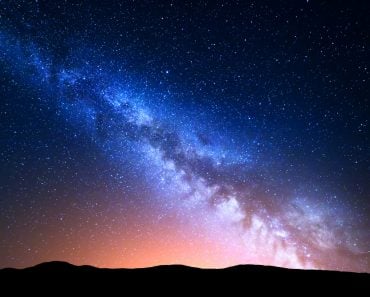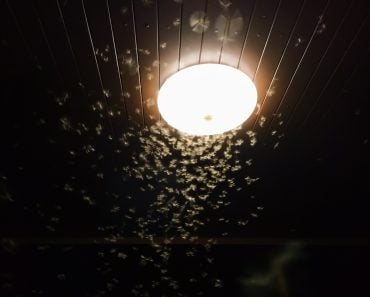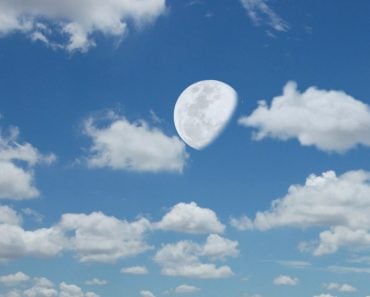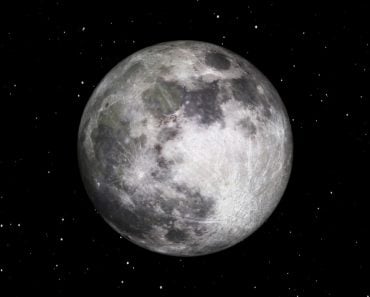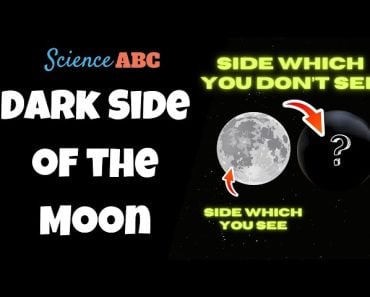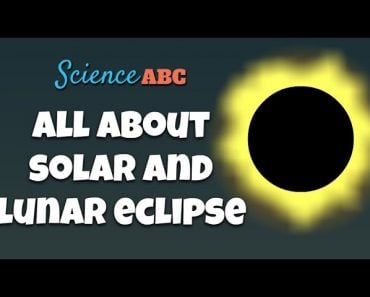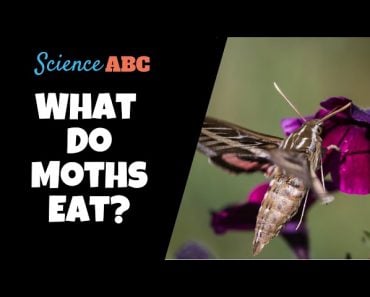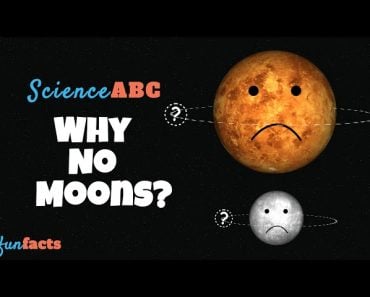Table of Contents (click to expand)
As the only source of nighttime light in the wild, the moon can change how animals move and hunt, when they reproduce, and how they communicate with each other.
As children, we often imagined that the moon had a face that followed us around. However, that face is actually just a constellation of craters, and we learned that the moon doesn’t follow anyone.
That said, we do follow the moon.
In the presence of artificial light, the phases of the moon have no discernible effect on the movements and mating behavior of animals, but as the only source of light in the wild, the moon’s light can change how animals move and hunt, when they reproduce, and how they communicate with each other.
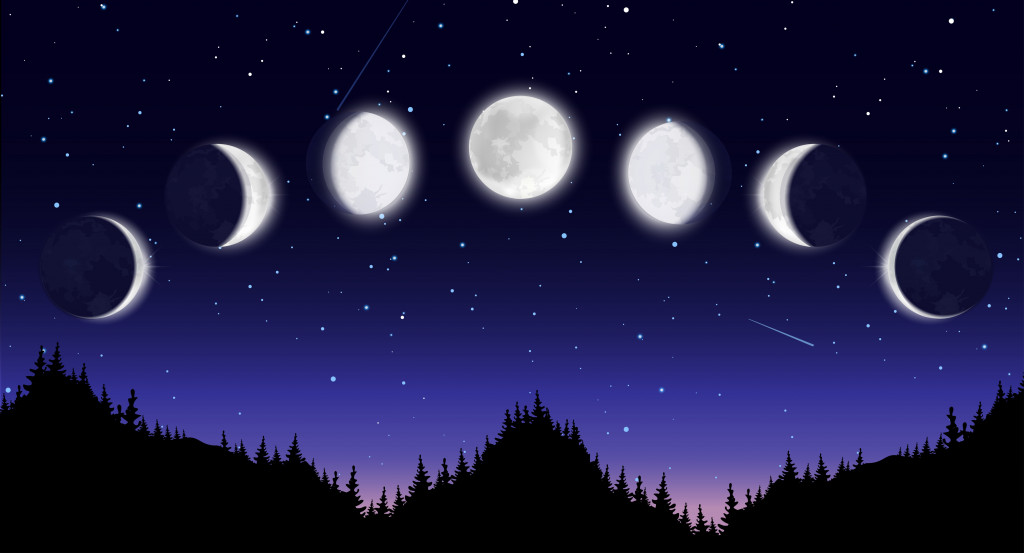
Recommended Video for you:
The Moon And Hunting Behavior
Let’s start with small creatures first, such as the larvae of antlions. Antlions are a group of insects whose larvae are predators that dig holes in the sand to capture their prey. Antlions have been seen to show a monthly lunar activity rhythm. Their pits are rebuilt every day, but as the full moon approaches, the pits get larger in size, and then shrink around the new moon. Scientists think that the bright conditions of a full moon give the antlions a higher probability of catching prey.
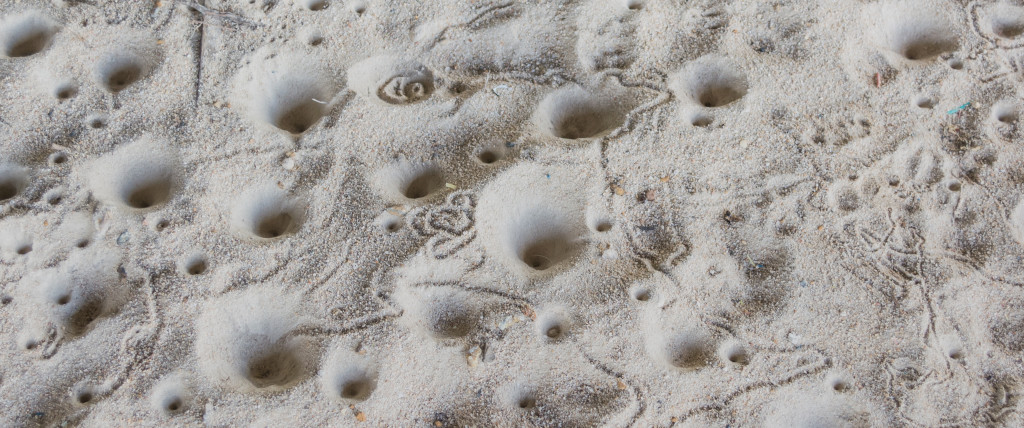
Brighter nights, for those animals that rely on their vision, may aid prey in detecting approaching predators. A study conducted in Argentina found that species dependent on visual cues, like tapeti rabbit and brocket deer, were more active during brighter nights for foraging and to detect potential predators, while species like opossums and armadillos (with poor eyesight) did not show any difference in their movement patterns over the different phases of moon.
The Moon And Mating Behavior
For badgers, their circadian rhythm dictates when they reproduce. A circadian rhythm is like an internal biological clock that’s in tune with the 24-hour movement of the sun and the moon. During the new moon, badgers mark their territory and urinate, which helps the males locate a potential mate. The darkness of a new moon might shield them from predators and provide the ideal time to perform their lengthy mating rituals—lasting 60 to 90 minutes!
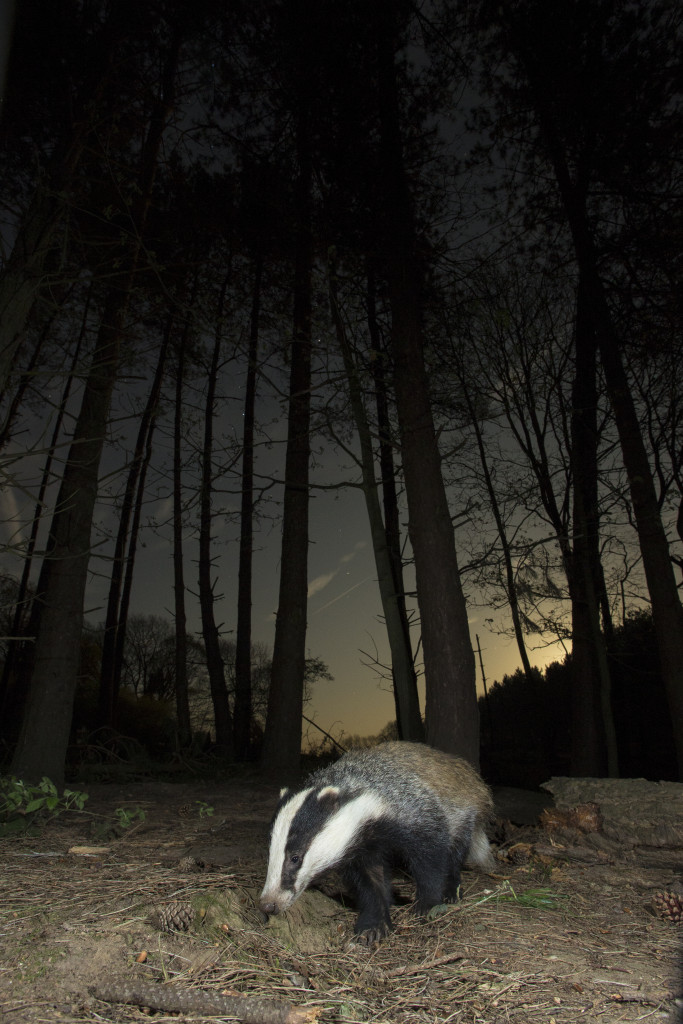
Certain owl species, such as the Eurasian Eagle-owl, become more active during the full moon, both in terms of mating calls and in flaunting their feathers to potential mates. This could be because owl feathers are more visible when displayed in the light of a brighter moon.
The Great Barrier Reef’s mass spawning is the most spectacular natural event caused by the moon. The spawning always takes place between October and December, just after the full moon, and utilizes the lunar cycle. The reef is situated in the Pacific Ocean, off the northeastern coast of Australia, and consists of around 400 types of corals. The lunar cycle acts as the primary trigger for the coral spawning, where all the corals release their eggs and sperm at the same time for reproduction.
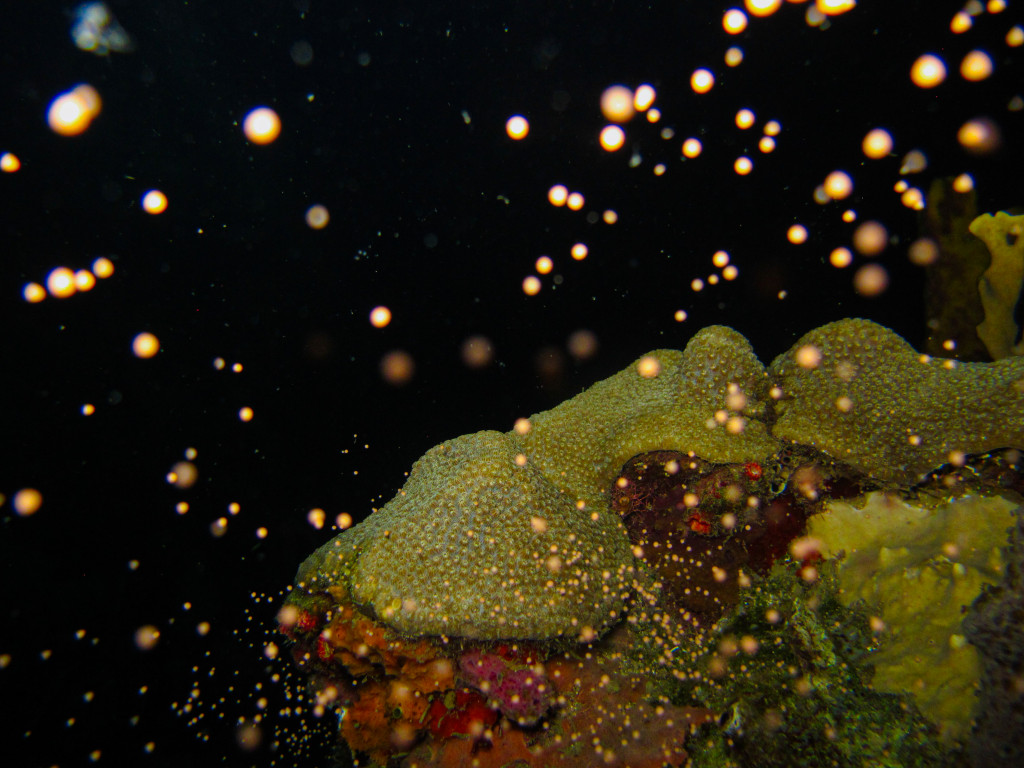
The Moon And Migration
The lunar cycle gives us a sense of timing, thus allowing us to study species that are elusive and only active at night. For example, the migration patterns and daily cyclic movements of the European Nightjar, which is nocturnal, can be studied by synchronizing it with lunar cycle patterns. However, light pollution in the modern era is disrupting the natural rhythm of life beneath the moon.
Conclusion
The lunar cycle affects animals in the form of light intensity, gravitational pull, and tidal waves, so why shouldn’t it also affect humans?
Scientists have looked into possible links between the phases of the moon and human behavior in a variety of situations, including conception, birth, visits to emergency rooms, cardiac events, psychiatric episodes, sports injuries, aggression, crime, and even the rise and fall of the stock market. However, there is no strong scientific theory relating these occurrences to the moon cycle. There is one study that shows people sleep less in full moonlight, but there is no proven connection to other phenomena.
The reason could be that our modern flood of artificial light doesn’t allow us to differentiate between full and new moons. Perhaps there was a time before this recent development, when the moon actually impacted human life on Earth, but those days are in the past!
References (click to expand)
- https://www.bgu.ac.il/~oferovad/library/Scharf_et_al_2008_an_beh.pdf
- Bhatt, U., Singh Adhikari, B., Habib, B., & Lyngdoh, S. (2021, February 15). Temporal interactions and moon illumination effect on mammals in a tropical semievergreen forest of Manas National Park, Assam, India. Biotropica. Wiley.
- Penteriani, V., Delgado, M. del M., Campioni, L., & Lourenço, R. (2010, January 20). Moonlight Makes Owls More Chatty. (D. M. Evans, Ed.), PLoS ONE. Public Library of Science (PLoS).
- Foster, R. G., & Roenneberg, T. (2008, September). Human Responses to the Geophysical Daily, Annual and Lunar Cycles. Current Biology. Elsevier BV.
- Norevik, G., Åkesson, S., Andersson, A., Bäckman, J., & Hedenström, A. (2019, October 15). The lunar cycle drives migration of a nocturnal bird. (L. Chittka, Ed.), PLOS Biology. Public Library of Science (PLoS).
- Harrison, P. L., Babcock, R. C., Bull, G. D., Oliver, J. K., Wallace, C. C., & Willis, B. L. (1984, March 16). Mass Spawning in Tropical Reef Corals. Science. American Association for the Advancement of Science (AAAS).
- Huck, M., Juárez, C. P., & Fernández-Duque, E. (2017, January). Relationship between moonlight and nightly activity patterns of the ocelot (Leopardus pardalis) and some of its prey species in Formosa, Northern Argentina. Mammalian Biology. Springer Science and Business Media LLC.
- Dixon, D. R., Dixon, L. R. J., Bishop, J. D., & Pettifor, R. A. (2006, September 27). Lunar-related reproductive behaviour in the badger (Meles meles). acta ethologica. Springer Science and Business Media LLC.
- Antlions - WAYNE'S WORD. Palomar College


